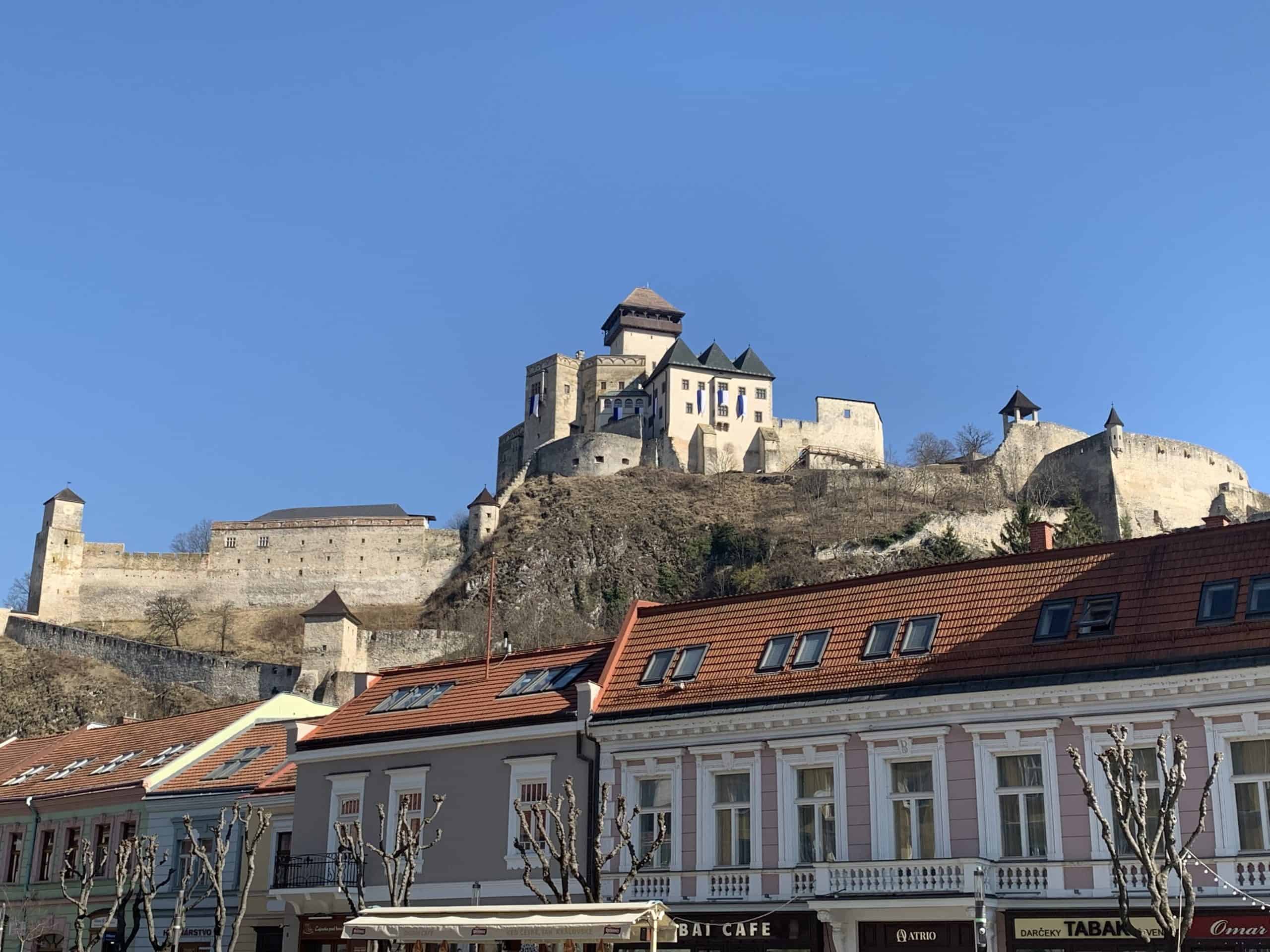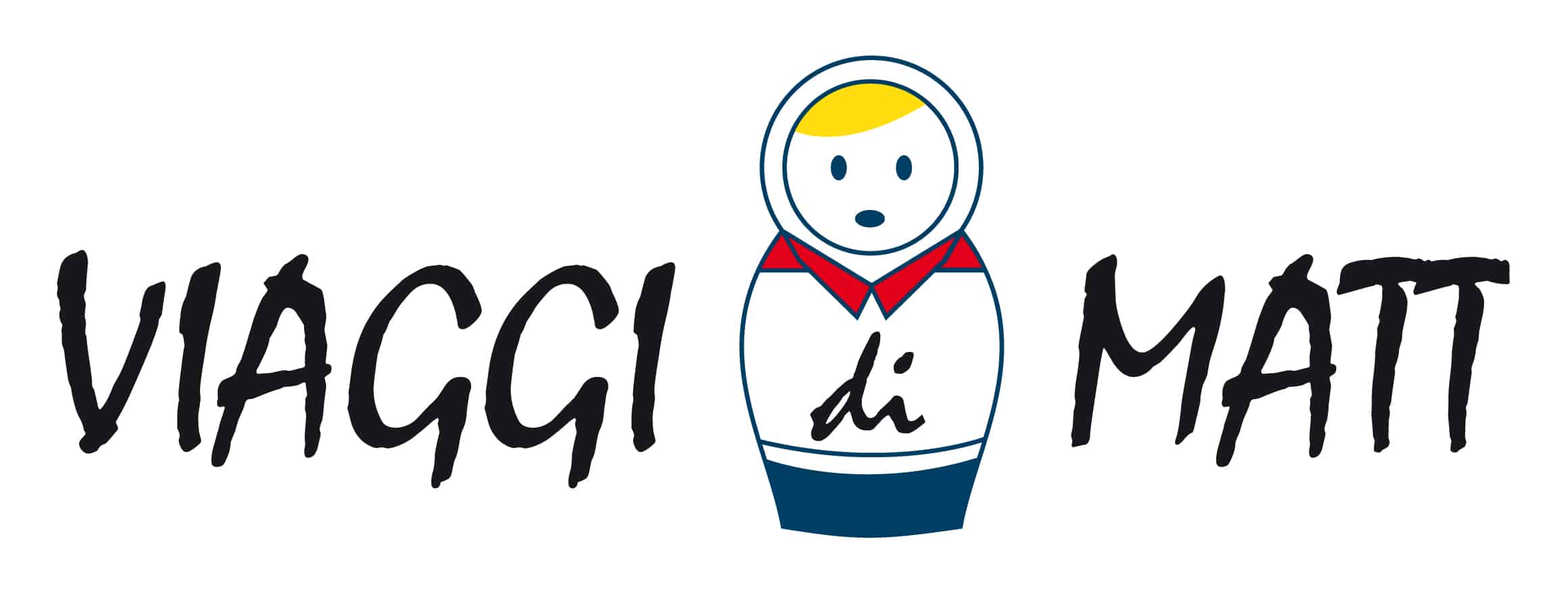
Trenčín is the capital of the region of the same name, located on the Vah River near the border with the Czech Republic. Points of interest in the city are the Castle and the old town.
Trenčín Castle (Trenčiansky hrad) was built on a bronze age settlement. Located on top of a limestone cliff, the Castle protects the town of Trenčín and the Považie region from above.
A Latin inscription dating back to 179 in the vicinity of the Castle recalls the victory of the Roman legion over the German tribes in the city of Laugaricio, today Trenčín, the northernmost point occupied by the Romans.
The oldest building of the Castle complex is a pre-Romanesque rotunda dating back to the Great Moravian period (IX century). It became in effect a Castle from the eleventh century when the Slovak territory came under Hungarian control, it was later owned by several aristocratic families, with each change of master the functions of the castle changed or were increased.
At the beginning of the eighteenth century the Castle was used only as a county prison. Gradually losing its importance, the Castle was then abandoned by imperial troops in 1783 and after a fire in 1790 it was left to go into ruins. Only at the end of the Second World War, the Castle became a national cultural monument and was restored.
The Castle is one of the most important in Slovakia and houses the Castle Museum and a part of the Trenčin Museum and is visited every year by over 100,000 visitors.
In the historic center of Trenčín you will also find: the Civic Tower, the Church of the Piarist Fathers, the Plague Column and the Synagogue.
Of the two gates of the civic fortification, only one has been preserved, the Porta Bassa, also called the Turkish Gate or the Civic Gate. It was built in the sixteenth century in Gothic style and in 1592 it was restored in Renaissance style.
The Baroque column of the Holy Trinity is located in the center of the square, it was built in 1712 in memory of the victims of the plague.
Church of the Piarist Fathers, in Baroque style, was built in 1657. The current appearance dates back to 1713, when the church was restored after a fire.
The Synagogue, in Byzantine style, was built in 1913 in place of the ancient oratory.
Trenčín has been chosen to be the European Capital of Culture in 2026.


















